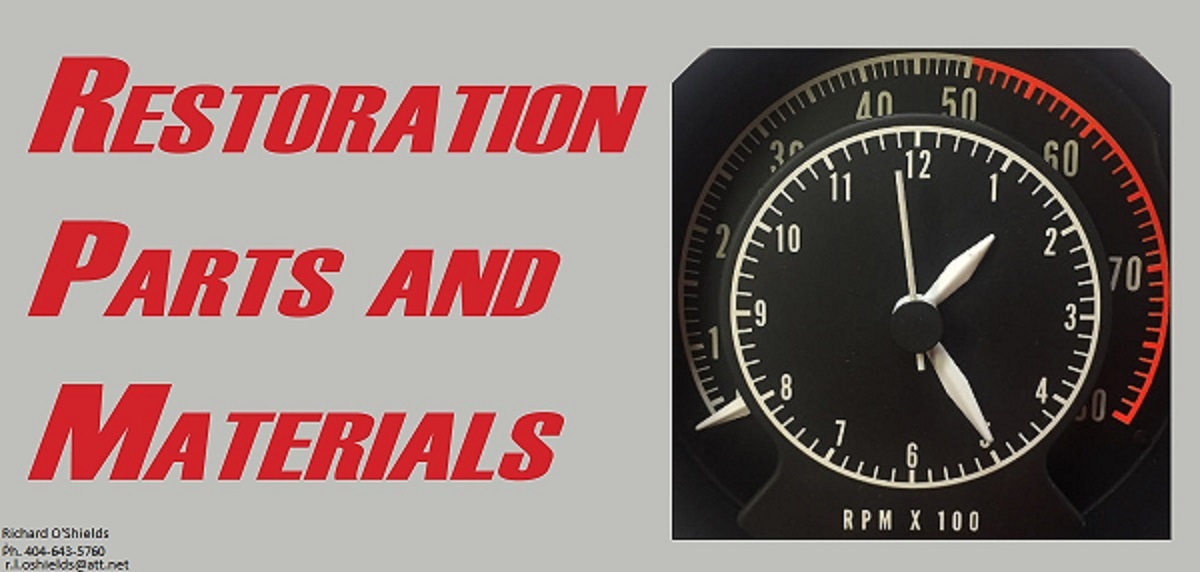Chryslerdude
Well-Known Member
Contact seller
Anyone knows what happened to the original thread ?





An untouched original 1970 300H
375 hp 440 cu in (7.2 L) 4-barrel TNT V8 engine
3-speed Torqueflite A727 automatic
The 1970 Chrysler 300 "Hurst Edition" (unofficially known as the Chrysler 300 H) was a collaboration between Chrysler and Hurst Performance. Measuring at a whopping 18-feet long, the 300 Hurst is one of the largest coupes ever made. But don't let its size fool you -- in true Chrysler 300 fashion, it cranked out 375 horsepower thanks to its big-block 440 V-8 engine.
This 300 Hurst was assembled at Chrysler's Jefferson Avenue plant in Detroit. In Warminister, PA, Hurst outfitted the car with a "Satin Tan" painted fiberglass hood and trunk lid with a spoiler. Orange and brown decal stripes adorn the fiberglass edges and "300 H" emblems were painted on the sides of the power bulge on the hood scoop
Neither Chrysler nor Hurst ever promoted the vehicle and the production run of less than 500 were scattered around Chrysler dealerships. Today, the debate rages on about the exact number of vehicles produced and whether the "Hurst Edition" is a rightful heir to its 300 letter-series predecessors. What is certain, though, is that a huge body, ferocious engine, and limited production make it a certified classic.










An untouched original 1970 300H
375 hp 440 cu in (7.2 L) 4-barrel TNT V8 engine
3-speed Torqueflite A727 automatic
The 1970 Chrysler 300 "Hurst Edition" (unofficially known as the Chrysler 300 H) was a collaboration between Chrysler and Hurst Performance. Measuring at a whopping 18-feet long, the 300 Hurst is one of the largest coupes ever made. But don't let its size fool you -- in true Chrysler 300 fashion, it cranked out 375 horsepower thanks to its big-block 440 V-8 engine.
This 300 Hurst was assembled at Chrysler's Jefferson Avenue plant in Detroit. In Warminister, PA, Hurst outfitted the car with a "Satin Tan" painted fiberglass hood and trunk lid with a spoiler. Orange and brown decal stripes adorn the fiberglass edges and "300 H" emblems were painted on the sides of the power bulge on the hood scoop
Neither Chrysler nor Hurst ever promoted the vehicle and the production run of less than 500 were scattered around Chrysler dealerships. Today, the debate rages on about the exact number of vehicles produced and whether the "Hurst Edition" is a rightful heir to its 300 letter-series predecessors. What is certain, though, is that a huge body, ferocious engine, and limited production make it a certified classic.


















